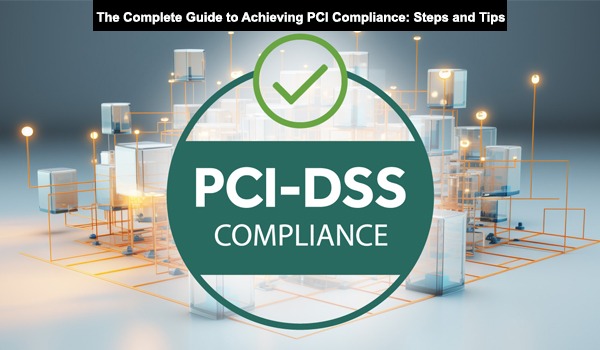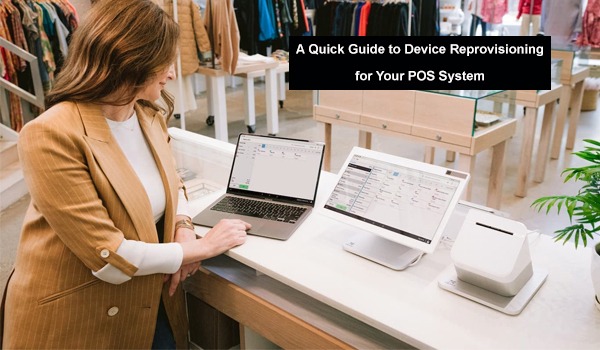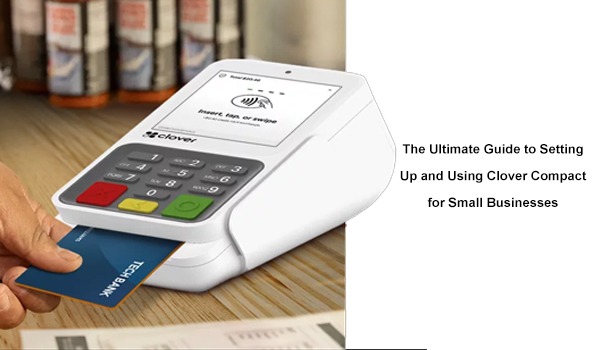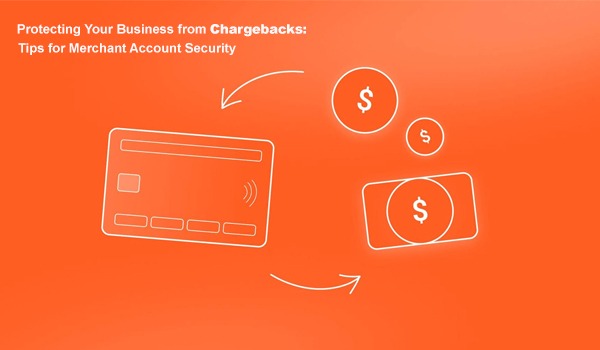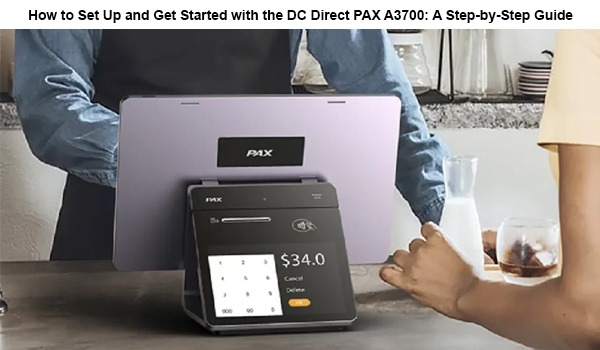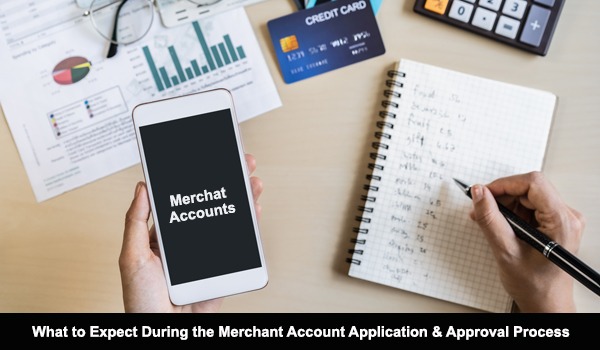
Introduction
Expanding your business by accepting credit and debit card payments is a strategic move that enhances customer convenience and boosts sales. A key step in this process is setting up a merchant account, but for many business owners, navigating the application and approval process can feel overwhelming. From completing paperwork to meeting verification requirements, the steps may seem complex. However, each one plays a crucial role in establishing a solid financial foundation for your business.
This blog post will bring you a step closer to what you should expect as far as the merchant account application and approval process is concerned. After reading, you should have a clearer idea of what you will have to do, expect, and how to prepare for the journey ahead.
What Exactly Is a Merchant Account?
Before we run ahead into the application process, let's clarify: what is a merchant account? Quite simply, a merchant account is a particular type of specialized bank account that lets your business accept credit and debit card sales. It lets you receive payments from your customers through your payment processor and bank to account for the business transactions they perform.
When the customer buys a product from your company, the payment processor pays from the account of the merchant, and the funds then get transferred to your business bank account. But to achieve this, you have to go through the application and approval process first.
Step 1: The Application – What You’ll Need to Provide
The first step in getting a merchant account is to fill out an application. Most payment processors have an online application, and this process usually takes less than a few minutes. While it may seem very simple, you still need to have quite a bit of information to fill out the application.
They will typically ask questions for information about whether you currently are in business:
- Basic Information about the Business: Such as the legal name of the business company, contact information, tax identification number (TIN), or Employer Identification Number (EIN). Also, you will provide your business address and website (if applicable).
- Ownership and Personal Information: The merchant account provider will want to know who you are and what kind of role you have in the business. You will provide personal details like your name, Social Security Number (SSN), and some about your role in the company.
- Business Structure and Type: Whether you're a sole proprietor, LLC, or corporation, you’ll need to specify your business type. Depending on what you sell -- products, services, or both -- this will help the processor decide whether your business fits.
- Projected Transaction Volume: Expect to tell them your estimate of how much you expect to process sales each month. Providers may want to know as much sales volume as possible to understand the size of your business and the risk associated.
- Bank Account Data: Finally, you would provide your business bank account information, which will be where deposits will be made once your transactions are processed.
While this may seem a lot, it is symbolic in that you can evade delay if it is adequately entered. Make sure that the information you provide is accurate because inconsistencies may create problems later on.
Step 2: Underwriting – What Happens Behind the Scenes
Once the application is submitted, it's the process of underwriting that kicks in. This is where the payment processor or bank will go a little deeper into the trenches of your business. They will assess certain factors to determine whether your business is a good risk for them.
That's what you might expect:
- Credit Check: A credit check is normal for the underwriting phase. The provider will check the history of your business credit (and sometimes the personal credit of the owner) to evaluate risk. If your credit score is down, that might be a red flag to the provider. But don't fret: if you're a new business or have yet established a credit history, it may not be as big of an issue as you think.
- Risk Assessment: Certain businesses fall under the "high-risk" category which is concerning for payment processors. This could be due to the nature of your products, history in chargebacks, or just the way your business is headed. In many cases, high-risk businesses face stricter requirements, as it can also result in outright denial.
- Financial Health Review: Normally, payment processors will usually require financial documents such as tax returns, profit-and-loss statements, or bank statements to gain a view of the financial health of your business. Small business and start-up companies will feel this process intimidating, but if your papers are in order, you will go through it very smoothly.
- Fraud Prevention: Besides looking into your business's financial health, payment processors will want to know about fraud prevention practices. What steps are already being taken to secure customer data and back-charge prevention? This is especially relevant for online businesses that must comply with strict data security standards.
Step 3: Denial or Approval - What to Do When Things Go Wrong
So all applications get approved. If your application is denied, then most likely, the provider will inform you of the reasons for that, such as high-risk factors, bad credit history, or not having sufficient financial documentation.
The most common reasons for denial include:
- High-risk business type: Some industries such as adult entertainment or gambling are considered high-risk; getting approval can, thus, be more difficult.
- Poor credit history: Even if you have a poor credit history, it can easily signal to the processor that your business is high-risk in investment.
- Incomplete or Incorrect Information: Any mistakes made on your application could unnecessarily delay the process or lead to denial of the application.
- Chargeback history: Given that you have previously had many chargebacks, your processor might be suspicious about it.
Don't worry. You do have options if your application is denied. You could go through another provider, work on building your credit score, and maybe reduce a few chargebacks, and then try applying again later.
Step 4: Approval – What Comes After
So you're approved: Congratulations! However, approval is not the last step in the process, and you're going to have to see a few more steps before you're completely ready to accept payments.
- Sign a Contract: Most providers will require you to sign a contract that describes the fees, terms, and conditions of your merchant account. Careful reading is the best way to understand transaction fees, monthly fees, and penalties.
- Set Up Payment Processing Tools: Whether processing payments online or in-store, businesses need the right tools to accept transactions seamlessly. This typically involves using a point-of-sale (POS) system with a card reader for in-store sales or a payment gateway for online transactions.
- Compliance and Security: If your business is online, then you need to implement PCI compliance and secure the payment processing systems. There is no compromising this requirement regarding the privacy of customer data and penalties.
Step 5: Maintenance of the Account
Once the merchant account goes live, it is important to keep it running smoothly. Also, monitor transaction volumes for fraud, manage chargeback ratios, and maintain constant payment security.
An active trader account is important for services from the provider and smooth conduct of business. You should also keep on checking your fees and looking for lower rates now and then to keep your costs reasonable.
Conclusion
Applying for and securing a merchant account may initially seem complex, but with the right preparation and understanding, it becomes a straightforward process. Each step, from submitting your application to setting up your account, plays a crucial role in ensuring your business is equipped for seamless payment acceptance.
Providing accurate documentation, such as business details and financial records, helps streamline the approval process. Additionally, understanding the potential risks associated with payment processing, such as chargebacks and fraud, allows you to take proactive measures to protect your business. Carefully reviewing the terms and conditions of your merchant agreement ensures transparency and prevents unexpected costs or obligations.
By approaching the process with proper knowledge and diligence, you can set up a reliable payment system that supports both operational efficiency and long-term business growth.
